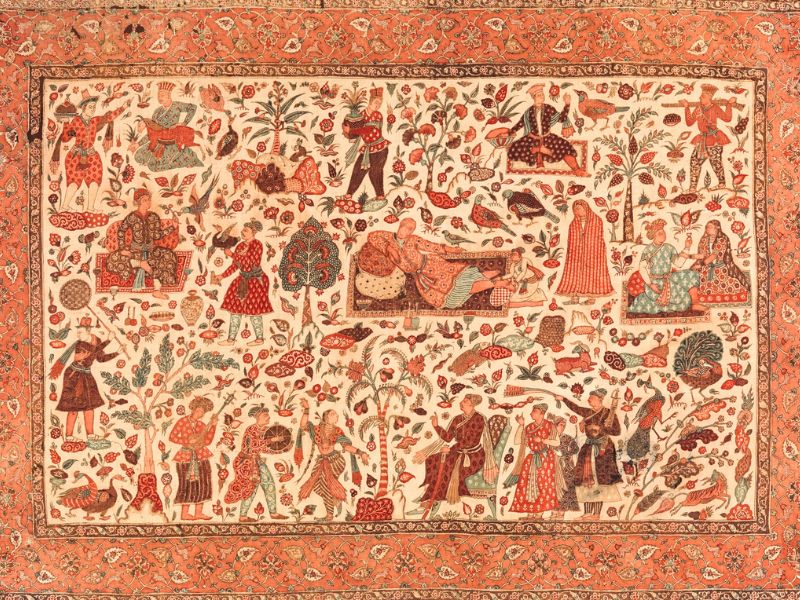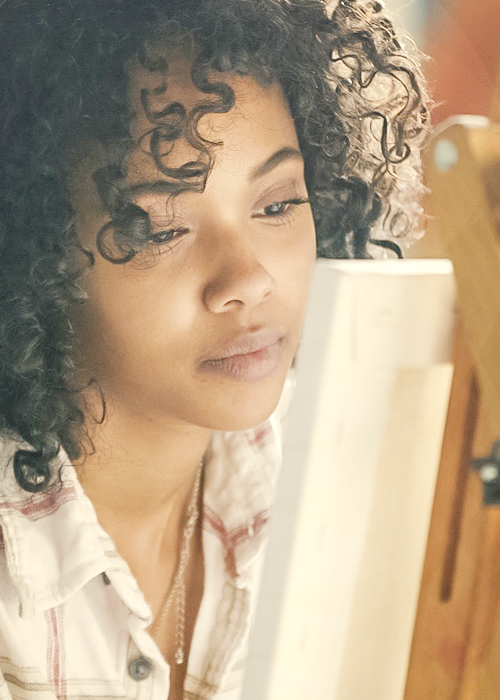Textured Art: The Multisensory Canvas of Creativity

Introduction
Textured art is a captivating and innovative form of artistic expression that goes beyond the traditional flat canvas. It engages the senses on multiple levels, transforming two-dimensional artworks into three-dimensional masterpieces that appeal to both the visual and tactile senses. This dynamic form of art has a fascinating history and offers a range of benefits to both artists and art enthusiasts.
Historical Roots
While textured art as we know it today has gained significant popularity in recent decades, it has its roots in artistic movements that explored texture, such as Impressionism and Abstract Expressionism. Artists like Vincent van Gogh and Jackson Pollock utilized impasto techniques and layered brushstrokes to add texture and depth to their paintings. In more contemporary times, artists have pushed the boundaries of texture by incorporating various materials, including paper, fabric, found objects, and even digital elements.
Benefits of Textured Art
Multisensory Experience: Textured art offers a multisensory experience, engaging not only the visual sense but also the sense of touch. Viewers are encouraged to explore the artwork with their fingertips, deepening their connection to the piece.
Expressive Potential: Texture adds a new dimension to artistic expression. Artists can convey emotions, narratives, and ideas through the physicality of their work, creating layers of meaning that transcend the visual realm.
Visual Depth: Texture creates visual depth and contrast, making artworks more intriguing and dynamic. It can guide the viewer’s eye, evoke different moods, and bring paintings to life.
Tactile Therapy: Creating textured art can be therapeutic for artists, as the tactile process of building up layers and textures can be calming and meditative. It allows for a tangible connection between the artist and the artwork.
Inclusivity: Textured art can be particularly appealing to individuals with visual impairments, as it allows them to experience and appreciate art through touch, making it a more inclusive and accessible form of artistic expression.
Experimentation: Textured art encourages artists to experiment with a wide range of materials, from paint and gels
Contemporary Applications
Textured art has gained prominence in the contemporary art world, with artists using a diverse array of materials and techniques to create tactile masterpieces. These artworks can range from mixed-media collages and sculptures to digital art with haptic feedback. Textured art has found its place in galleries, museums, and even public spaces, enriching the art world with its sensory allure.
In conclusion, textured art is a dynamic and captivating form of artistic expression that offers a multisensory experience and an innovative platform for artists to convey their ideas and emotions. This exciting genre builds upon a rich artistic history, adding depth and texture to the world of visual art and engaging viewers on both tactile and visual levels.

